Azaleas are one of the most beloved flowering shrubs, cherished for their vibrant blooms and lush foliage. Their dazzling flowers, ranging from soft pastels to vivid reds and purples, make them a stunning addition to gardens, patios, and landscapes. While azaleas are relatively low-maintenance, they do require seasonal care to thrive, bloom beautifully, and maintain overall health.
This guide will take you through comprehensive, season-by-season care for azaleas, ensuring your shrubs remain healthy, vibrant, and full of blooms year after year.
Why Azaleas Are a Garden Favorite
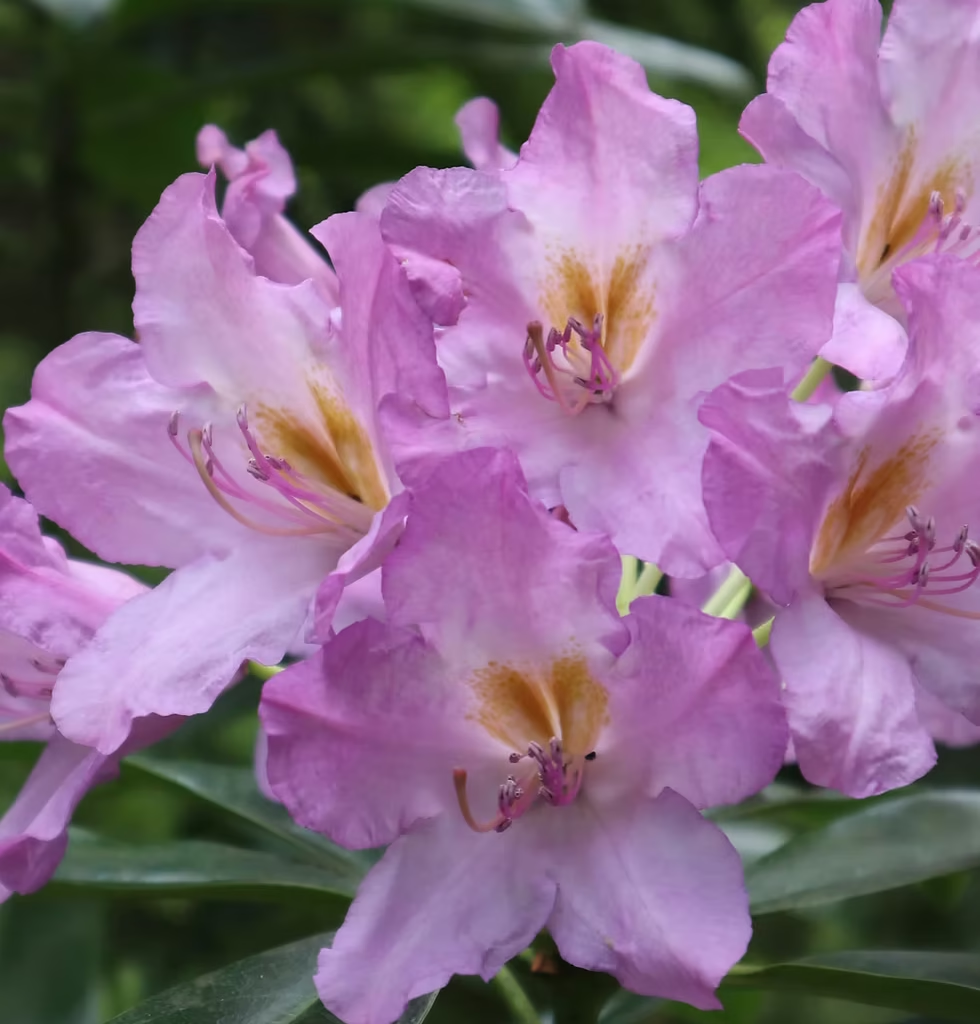
Before diving into seasonal care, it’s worth understanding why azaleas are so popular:
- Visual Appeal: Azaleas produce clusters of colorful flowers in spring, creating a striking visual display.
- Versatility: They can be grown as hedges, specimen plants, or container plants.
- Adaptability: Many azalea varieties tolerate partial shade and can thrive in various soil conditions.
- Low-Maintenance: With proper care, azaleas require minimal pruning and upkeep.
- Wildlife-Friendly: Their flowers attract pollinators like bees and butterflies.
Understanding Azalea Basics
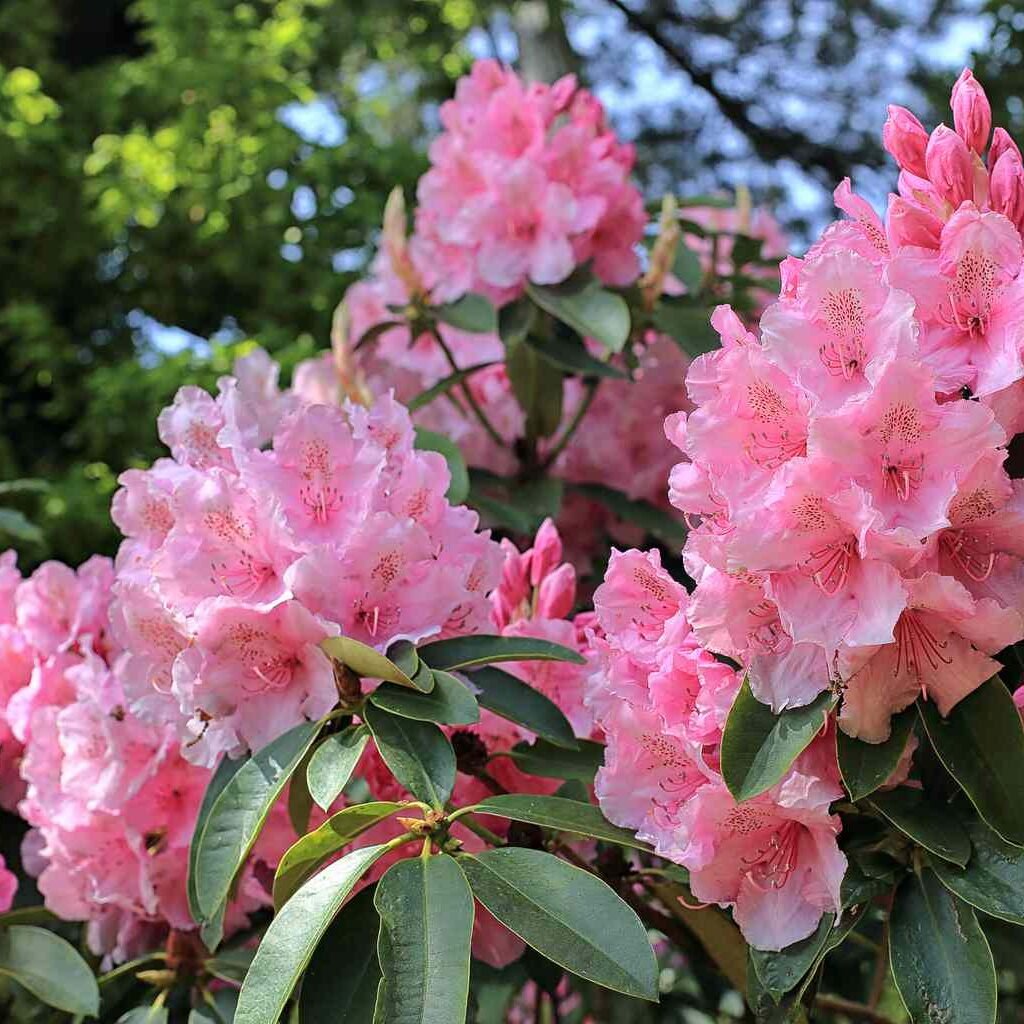
Azaleas are part of the rhododendron family and share some common requirements:
- Soil: Well-draining, acidic soil (pH 4.5–6.0) is essential. Azaleas do not tolerate waterlogged soil.
- Light: Most varieties prefer partial shade, especially in hot climates. Morning sun with afternoon shade is ideal.
- Water: Consistent moisture is important, but overwatering can lead to root rot.
- Fertilizer: Azaleas benefit from fertilizers formulated for acid-loving plants.
Understanding these basic needs will help you tailor care for each season.
Spring Care: Preparing for Bloom
Spring is the most important season for azaleas, as it marks the flowering period. Proper care ensures vibrant blooms and healthy growth.
1. Fertilizing
- Apply a slow-release, acid-forming fertilizer in early spring before new growth appears.
- Avoid high-nitrogen fertilizers, which promote leaf growth over flowers.
2. Watering
- Increase watering slightly as buds begin to form.
- Keep soil consistently moist but avoid soggy conditions.
3. Pruning
- Prune immediately after flowering, while the plant is still in bloom or just after petals drop.
- Remove dead, damaged, or crossing branches to improve air circulation.
- Avoid heavy pruning in spring, as this can reduce the current year’s blooms.
4. Mulching
- Apply a 2–3 inch layer of organic mulch, such as pine needles or bark, around the base to retain moisture and regulate soil temperature.
Summer Care: Protecting from Heat
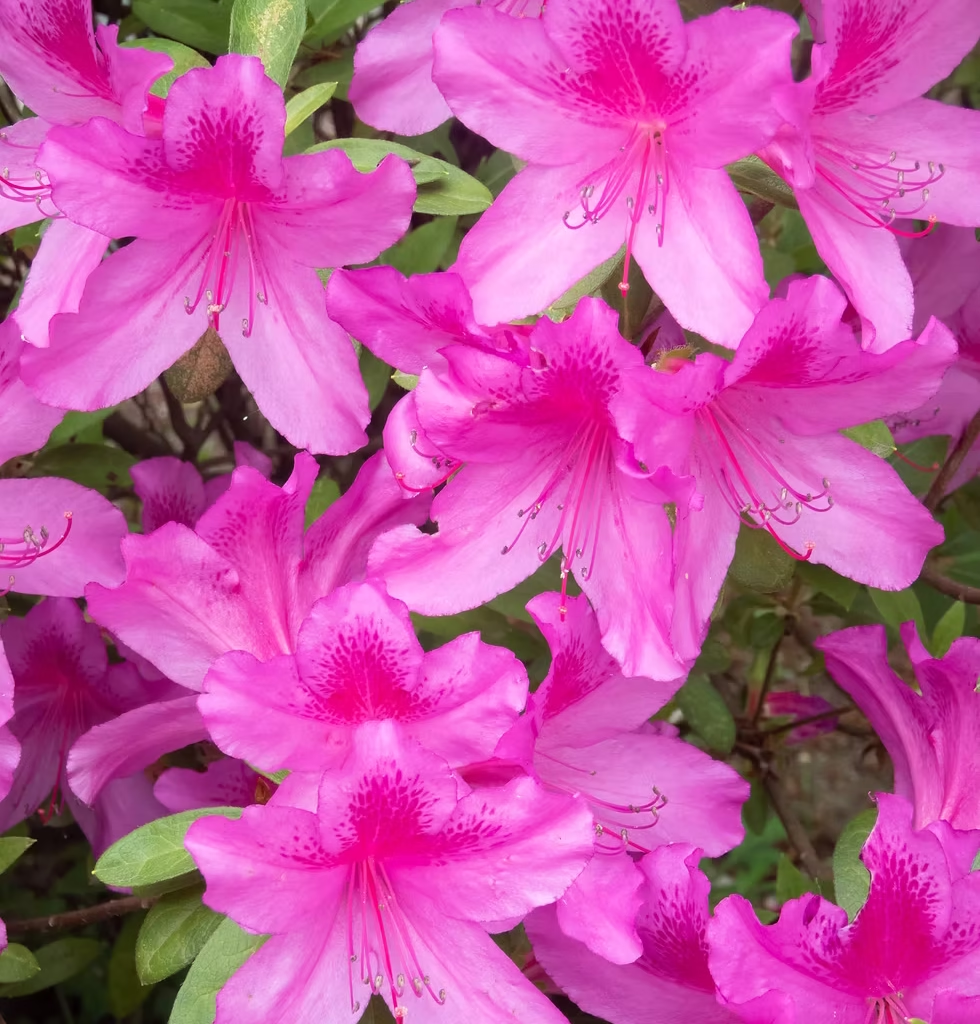
Summer can be challenging for azaleas, particularly in hot climates. Proper summer care ensures plants stay healthy and continue to grow.
1. Watering
- Water deeply once or twice a week, depending on rainfall and soil type.
- Focus on watering the root zone, not foliage, to prevent fungal diseases.
2. Shade
- Ensure azaleas receive partial shade during the hottest part of the day.
- Consider temporary shade cloths for young or sensitive plants.
3. Pest and Disease Control
- Inspect regularly for pests such as lace bugs, spider mites, and azalea caterpillars.
- Treat infestations promptly using insecticidal soap or horticultural oil.
- Watch for signs of fungal disease, including leaf spots and powdery mildew, and remove affected leaves.
4. Fertilizing
- Avoid heavy fertilization during peak summer heat. A light application of balanced fertilizer can be applied in early summer if growth is slow.
Fall Care: Preparing for Dormancy
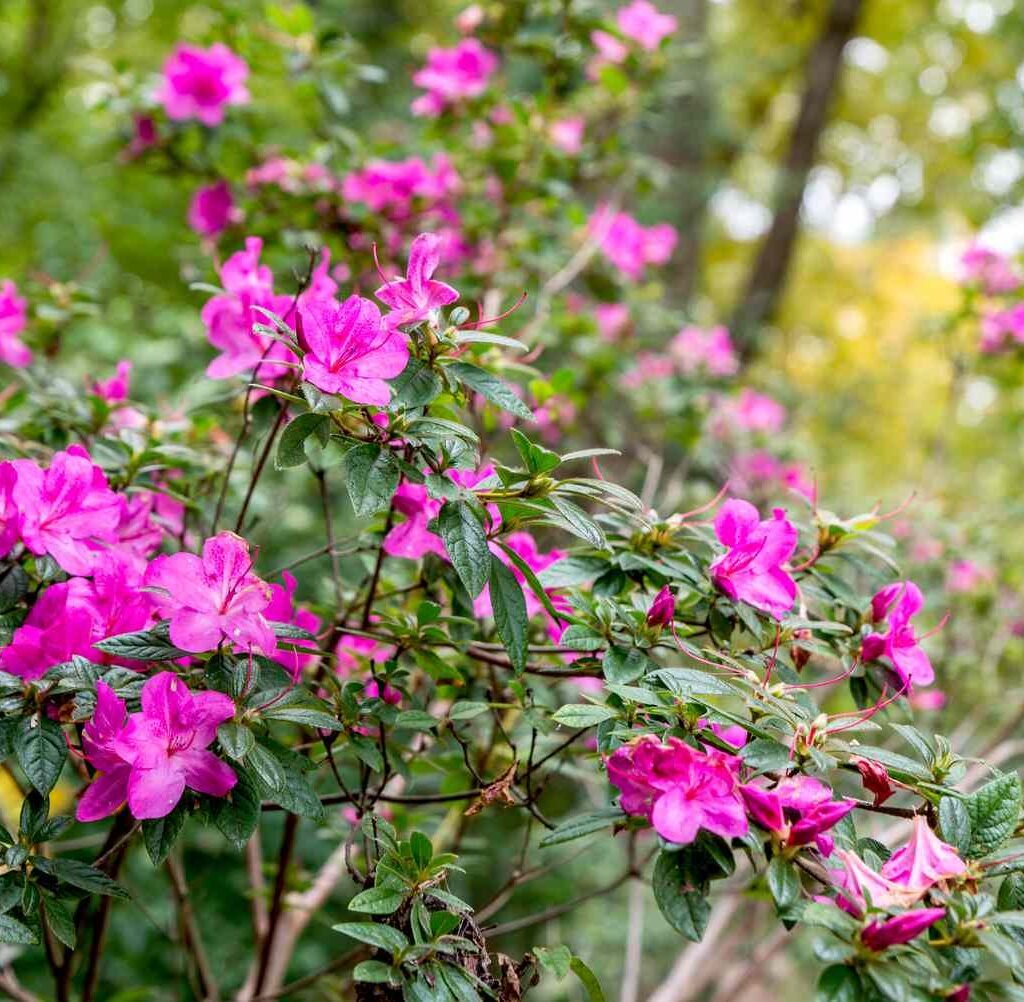
Fall is a transitional period for azaleas, and proper care during this season ensures they survive winter stress.
1. Watering
- Continue consistent watering until the first frost.
- Gradually reduce watering as temperatures drop to prevent root rot.
2. Fertilizing
- Stop using high-nitrogen fertilizers in late summer or early fall.
- Apply a slow-release fertilizer formulated for acid-loving plants if necessary to strengthen roots for winter.
3. Pruning and Cleanup
- Remove any dead or diseased branches.
- Clear fallen leaves and debris from the base to prevent fungal growth over winter.
4. Mulching
- Add an additional layer of mulch (3–4 inches) to insulate roots and retain soil moisture.
Winter Care: Protecting from Cold
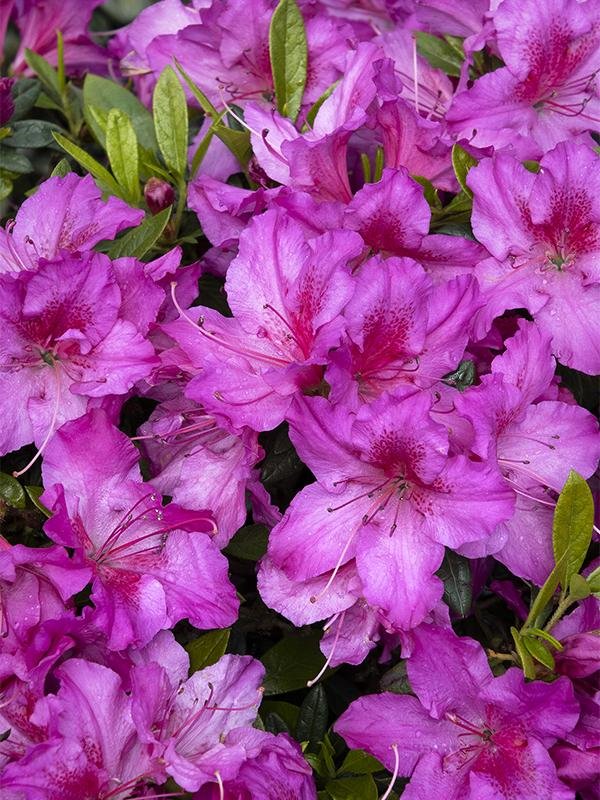
Azaleas are hardy but sensitive to extreme cold and harsh winds. Proper winter care helps prevent damage and ensures early blooms in spring.
1. Mulching
- Thick mulch acts as insulation for the root system.
- Avoid piling mulch against the trunk, which can encourage rot.
2. Watering
- Water during dry spells when the ground is not frozen, as azaleas can suffer from winter drought.
3. Protecting from Frost and Wind
- Cover small or sensitive plants with burlap or frost cloth during harsh weather.
- Use windbreaks or plant azaleas near structures to shield them from strong winds.
4. Avoid Fertilizing
- Do not fertilize in winter, as this can stimulate growth that is vulnerable to frost damage.
Common Azalea Care Tips Year-Round
1. Soil Maintenance
- Azaleas thrive in acidic soil, so test pH annually.
- Amend soil with elemental sulfur or pine bark if pH rises above 6.0.
2. Water Management
- Consistent moisture is crucial. Consider drip irrigation for efficient watering.
- Avoid wetting foliage to prevent disease.
3. Fertilization Schedule
- Fertilize in early spring and, if needed, lightly in summer. Avoid fall and winter fertilization.
4. Pest and Disease Vigilance
- Regularly inspect for pests like lace bugs and scale insects.
- Remove diseased or damaged leaves immediately.
- Practice good air circulation by proper spacing and pruning.
5. Pruning
- Prune lightly after flowering to maintain shape and encourage new growth.
- Remove dead, damaged, or weak branches any time of year.
Planting and Transplanting Tips
- Location: Choose a site with morning sun and afternoon shade. Avoid full sun in hot climates.
- Spacing: Space azaleas 3–6 feet apart depending on mature size.
- Transplanting: Best done in early spring or fall. Water thoroughly after transplanting and mulch well.
Fertilizers for Azaleas
- Slow-Release Fertilizers: Provide nutrients over time and support healthy growth.
- Acid-Loving Plant Fertilizers: Contain ammonium sulfate or sulfur-coated urea to maintain acidic soil.
- Timing: Apply in early spring and optionally in mid-summer. Avoid late fall application.
Troubleshooting Common Problems
- Yellow Leaves: May indicate nutrient deficiencies or improper soil pH. Test soil and amend accordingly.
- Leaf Drop: Can result from drought, overwatering, or sudden temperature changes.
- Poor Blooming: Often caused by over-fertilization with high-nitrogen fertilizer or inadequate sunlight.
- Pests: Lace bugs, spider mites, and caterpillars can damage leaves. Use organic insecticides or horticultural oils.
Final Thoughts
Caring for azaleas year-round ensures these beautiful shrubs remain vibrant, healthy, and blooming season after season. By understanding their seasonal needs—from watering and fertilization to pruning and winter protection—you can maintain their beauty with minimal stress.
Azaleas reward gardeners with spectacular spring displays and lush greenery throughout the year. With proper soil preparation, pest management, and seasonal care, these shrubs will thrive in your garden, providing color, fragrance, and charm for years to come.
Investing in year-round care not only enhances the aesthetic appeal of your garden but also supports a sustainable and healthy growing environment for azaleas. Whether you are a beginner gardener or a seasoned horticulturist, following this seasonal care guide will help you enjoy the full potential of your azaleas.
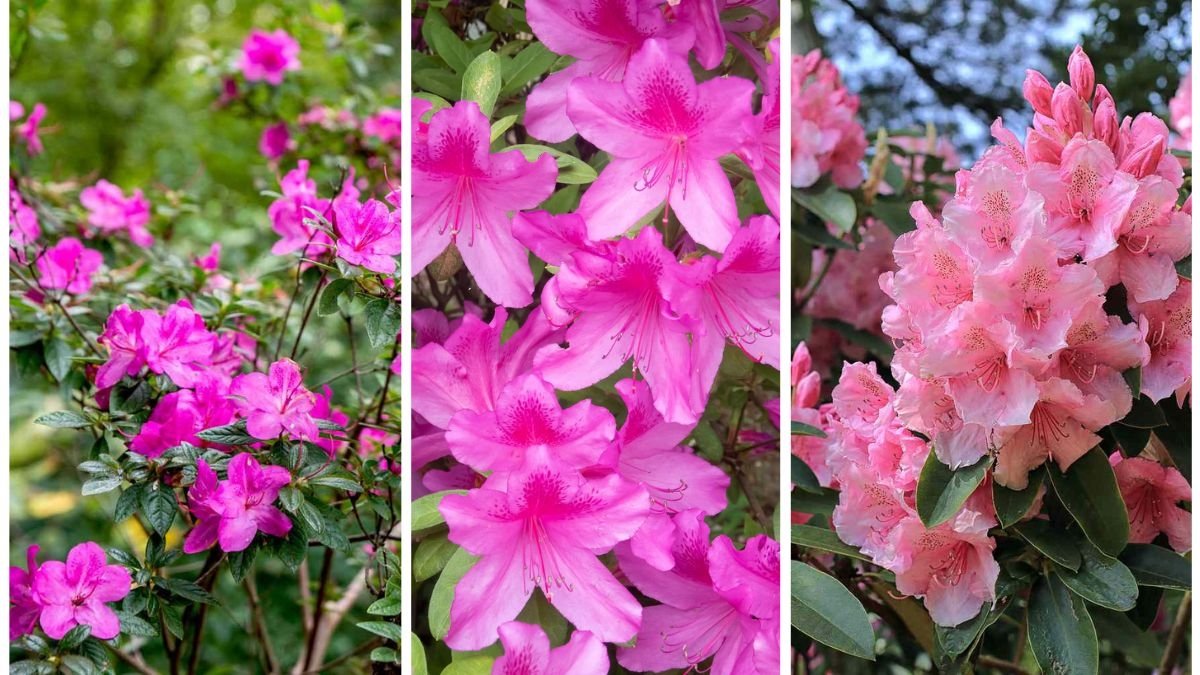
Leave A Comment